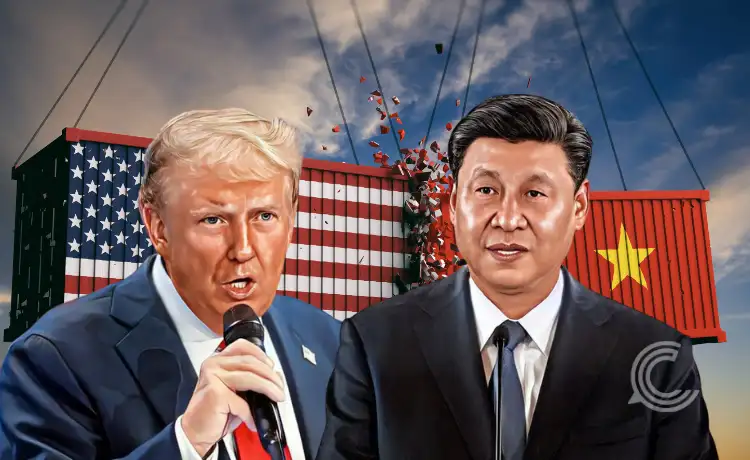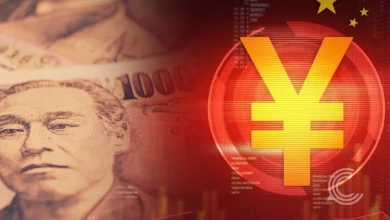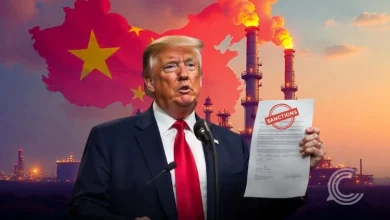Donald Trump and Xi to Meet Amid Escalating Trade Tensions

Key Highlights-
- U.S. President Donald Trump and Chinese President Xi Jinping are scheduled to hold their first in-person meeting of the current administration on the sidelines of the APEC Summit in South Korea
- The meeting occurs amid escalating trade tensions, with new U.S. tariff hikes of up to 155% threatened and China retaliating with rare-earth export controls
- A key sticking point remains China’s cessation of U.S. soybean purchases, a major pressure point impacting American farmers ahead of the crucial talks
US President Donald Trump is set to meet with Chinese President Xi Jinping next week in South Korea, marking their first face-to-face interaction since Trump’s return to the White House. The meeting, which comes amid a deep freeze in high-level dialogue and a fresh spiral of tit-for-tat trade measures, is being watched globally for any sign of de-escalation in the fraught US-China trade relations.
The talks are scheduled to occur during the Asia-Pacific Economic Cooperation (APEC) summit.White House Press Secretary Karoline Leavitt confirmed the bilateral meeting, though Beijing has yet to formally announce President Xi’s attendance, according to CNBC.
High-Stakes Tariff Brinkmanship
China has responded to these threats by expanding its export controls on rare-earth minerals, materials critical for high-tech U.S. industries, including defense and electronics. This strategic countermeasure has solidified the perception that Beijing is willing to play hardball, weaponizing its dominance in certain global supply chains.
The backdrop to this summit is a recent and sharp escalation of the trade war. President Trump has threatened to impose tariffs as high as 155% on Chinese goods starting November 1, a move he says is necessary to secure a “fair” trade agreement. This potential increase would be on top of existing duties, which have already risen to around 55% to 57% on many Chinese imports.
The Soybean Pressure Point
One of the most immediate and politically sensitive issues on the table is China’s effective boycott of U.S. soybean imports. Data from China’s General Administration of Customs recently showed that no U.S. soybeans were imported in September, the first such halt in nearly seven years. This action directly targets American agricultural heartlands, a key political base for President Trump.
Trump stated he would press Xi to resume these purchases. “I want them to buy soybeans,” he said.
Fentanyl and a Multifaceted Agenda
Beyond the traditional trade imbalance, the U.S. agenda includes a strong focus on addressing the flow of fentanyl precursors from China into the American drug trade. President Trump singled this out, stating, “The first question I’m going to be asking him about is fentanyl.”
While a deal on fentanyl precursors could reduce some pressure and potentially lead to a limited tariff reduction, experts remain cautious. A Brookings Institution report highlighted that even a partial agreement may not address the “thorniest but crucial issues,” such as the lack of Chinese law enforcement action against the sellers of unscheduled precursors. This demonstrates the complexity of the US-China trade relations, which are now deeply intertwined with issues of national security and public health.
Divergent Paths to Economic Resilience
The underlying strategic reality is that both nations are fundamentally seeking to reduce their economic dependence on the other.This parallel pursuit of “diversification and insulation against dependence” is emerging as the defining macro-trend of the relationship, as observed by policy analysts.
Economists and international bodies have urged a calming of the waters. The International Monetary Fund (IMF) recently warned that Asian economies, which rely heavily on China as a supply chain hub, remain highly vulnerable to the escalating tariff shocks, calling for greater regional trade integration as a buffer.The prolonged uncertainty in US-China trade relations continues to weigh on global investment and business sentiment, slowing projected growth for 2026.
Despite President Trump’s stated optimism that the leaders will reach a “fantastic deal,” there is considerable skepticism. U.S. Treasury Secretary Scott Bessent reportedly described the planned event as a “pull-aside,” a term often used to temper expectations for a major breakthrough.



